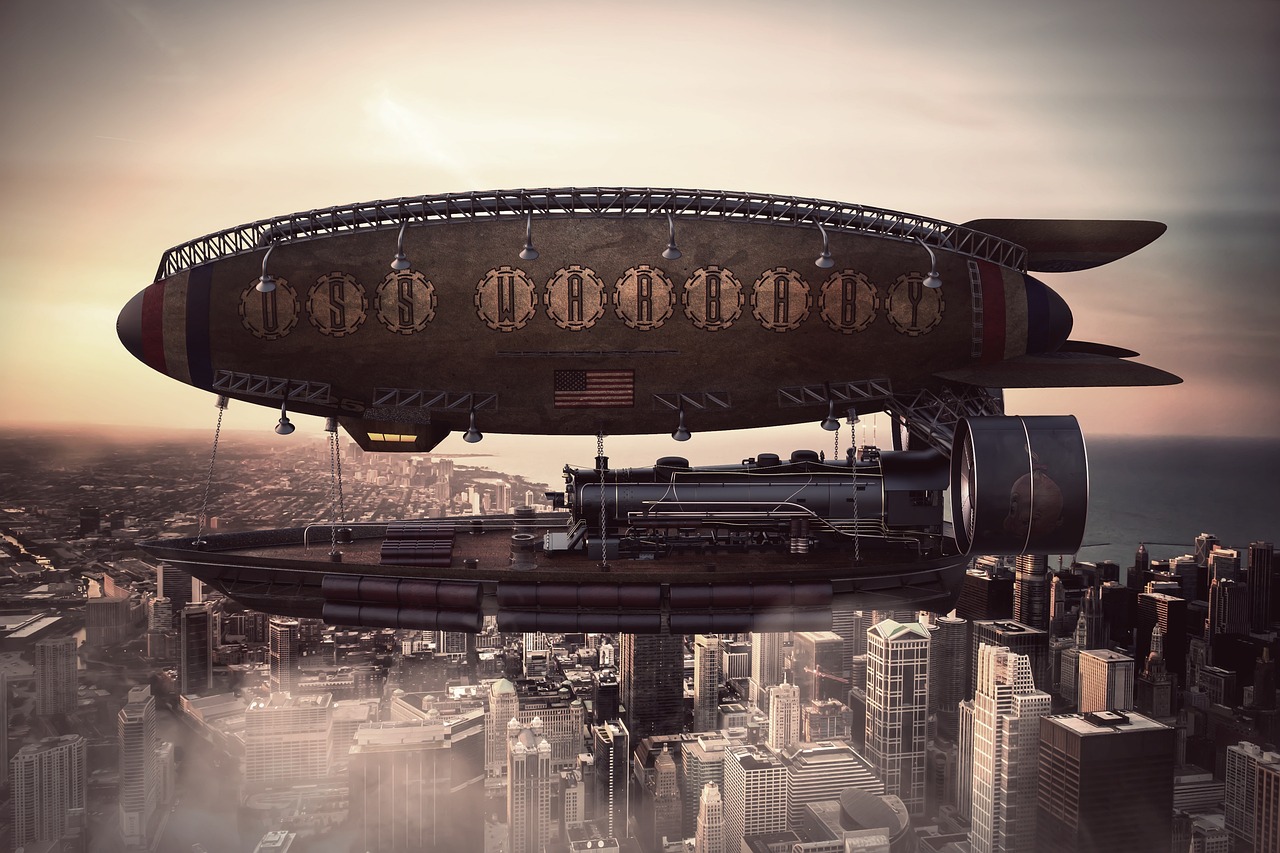Industrial design has been an important part of creating products for decades, and as technology advances, so too does the industrial design industry. As technologies like artificial intelligence, augmented reality, and 3D printing become increasingly accessible, companies are beginning to explore new ways to design, manufacture, and distribute their products. The future of industrial design looks bright, as these new technologies open up a range of possibilities for designers. 3D printing, for example, has made it easier for designers to rapidly prototype and iterate their designs.
Companies are now able to quickly and inexpensively create new products and get them to market faster than ever before. Augmented reality (AR) is another technology that is changing the way industrial designers create products. By adding virtual elements to the real world, designers can visualize and interact with a 3D model of their product before it is even built. This helps designers make sure the product looks right and performs to its fullest potential. AI is also changing the way industrial designers work. AI-driven algorithms can analyze vast amounts of data and quickly suggest improvements to a product's design.
This can save companies time and money, while also ensuring the highest quality product. As these technologies continue to evolve and become more accessible, industrial design is set to change in the coming years.
Companies will be able to create products faster, cheaper, and with higher levels of accuracy than ever before. Designers will also be able to experiment with new materials, colors, and shapes, creating products that are as unique as their creators. The industrial design industry is in a state of evolution, and the future looks bright. With the help of these new technologies, industrial design is set to change the way products are made and consumed in the future.
